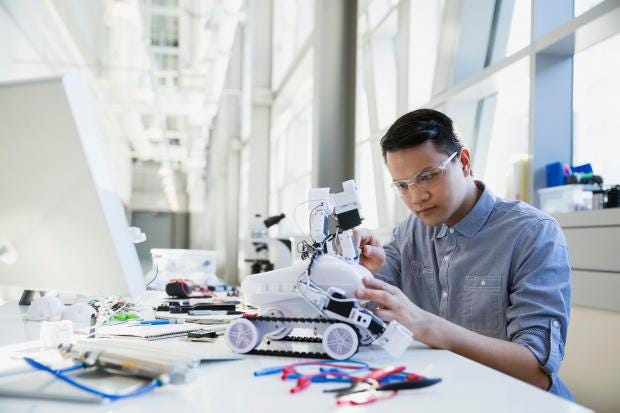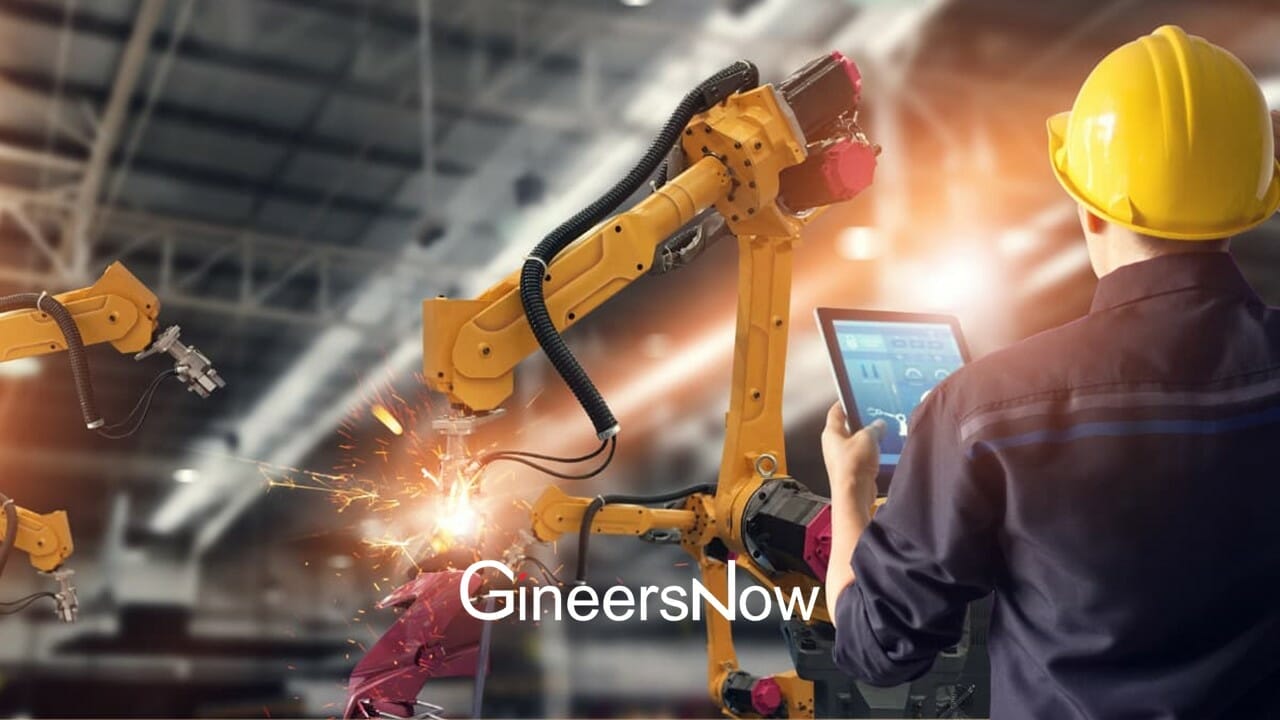As robots get more advanced, more issues arise in trying to make them mimic certain biological behavior. One of the most well-known problems is the ability to copy soft muscle tissue. No material is still capable of creating artificial muscles that can produce the same level of high actuation stress and high strain. In a world where we create robots that resembles humans, this is a huge obstacle.
That’s why researchers at Columbia Engineering from the Creative Machines Lab led by Hod Lipson have developed 3D printable synthetic soft artificial muscles. This material can expand and contract by itself without the need of external compressors or high voltage equipment. The material is even stronger than human muscle, with a strain density (aka expansion per gram) that’s 15 times larger than natural muscle. That means it can lift up to 1000 times its own weight.

Source: Columbia Engineering
“We’ve been making great strides toward making robots minds, but robot bodies are still primitive,” said Hod Lipson. “This is a big piece of the puzzle and, like biology, the new actuator can be shaped and reshaped a thousand ways. We’ve overcome one of the final barriers to making lifelike robots.”
The synthetic muscle was created using a silicone rubber matrix, with ethanol inside microbubbles throughout the material. It was then 3D printed into the desired shape, then electrically actuated with a thin resistive wire and 8V of power. Tests show it can expand up to 900% when electrically heated to 80 °C.
Source: YouTube, Columbia Engineering
“Our soft functional material may serve as robust soft muscle, possibly revolutionizing the way that soft robotic solutions are engineered today,” explains Aslan Miriyev, lead author of the study and postdoctoral researcher at the Creative Machines lab. “It can push, pull, bend, twist, and lift weight. It’s the closest artificial material equivalent we have to a natural muscle.”
This discovery could potentially open new doors to “soft robots” than can replicate natural motion, like grasping and manipulation, to provide medical assistance, among other things.
Source:













